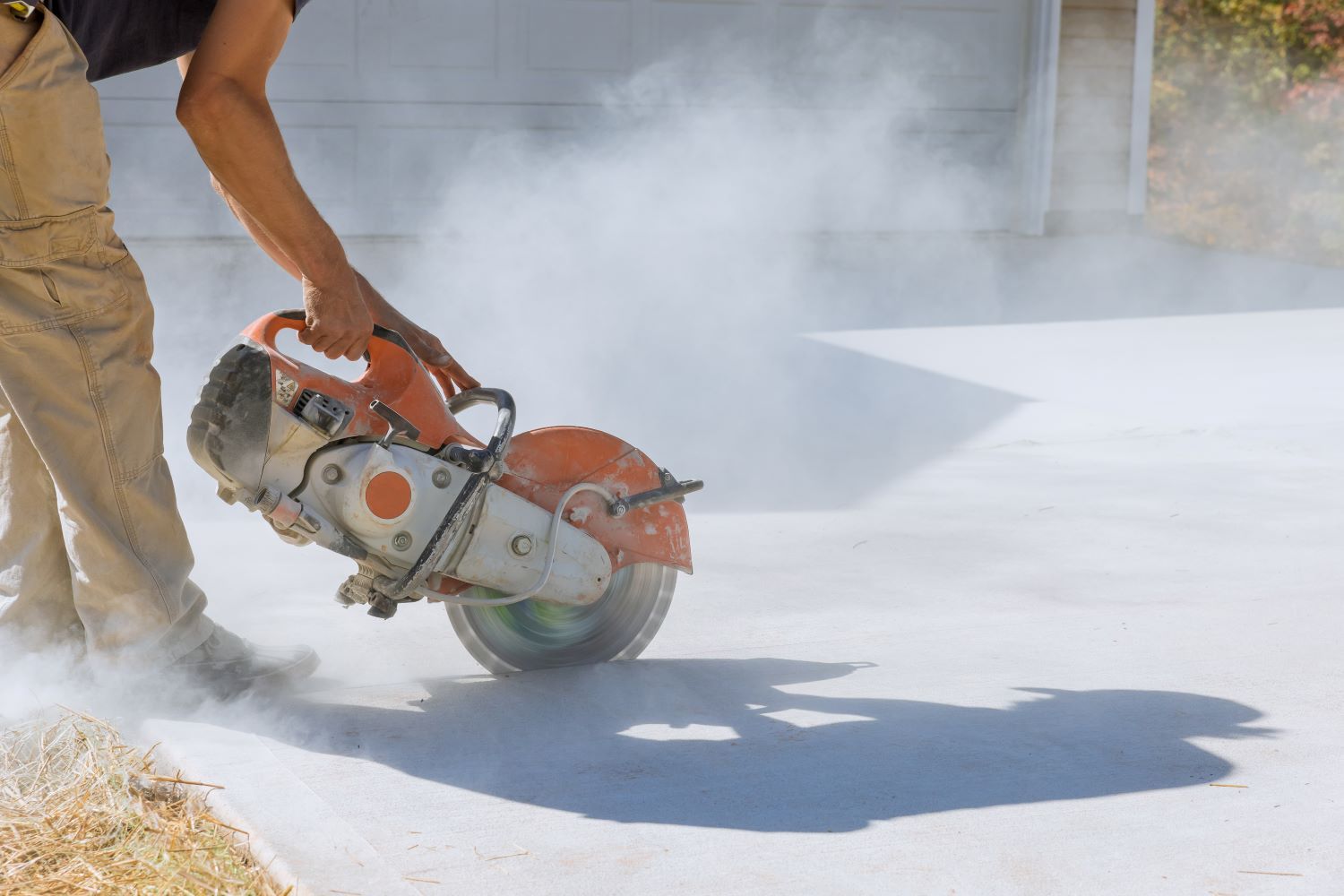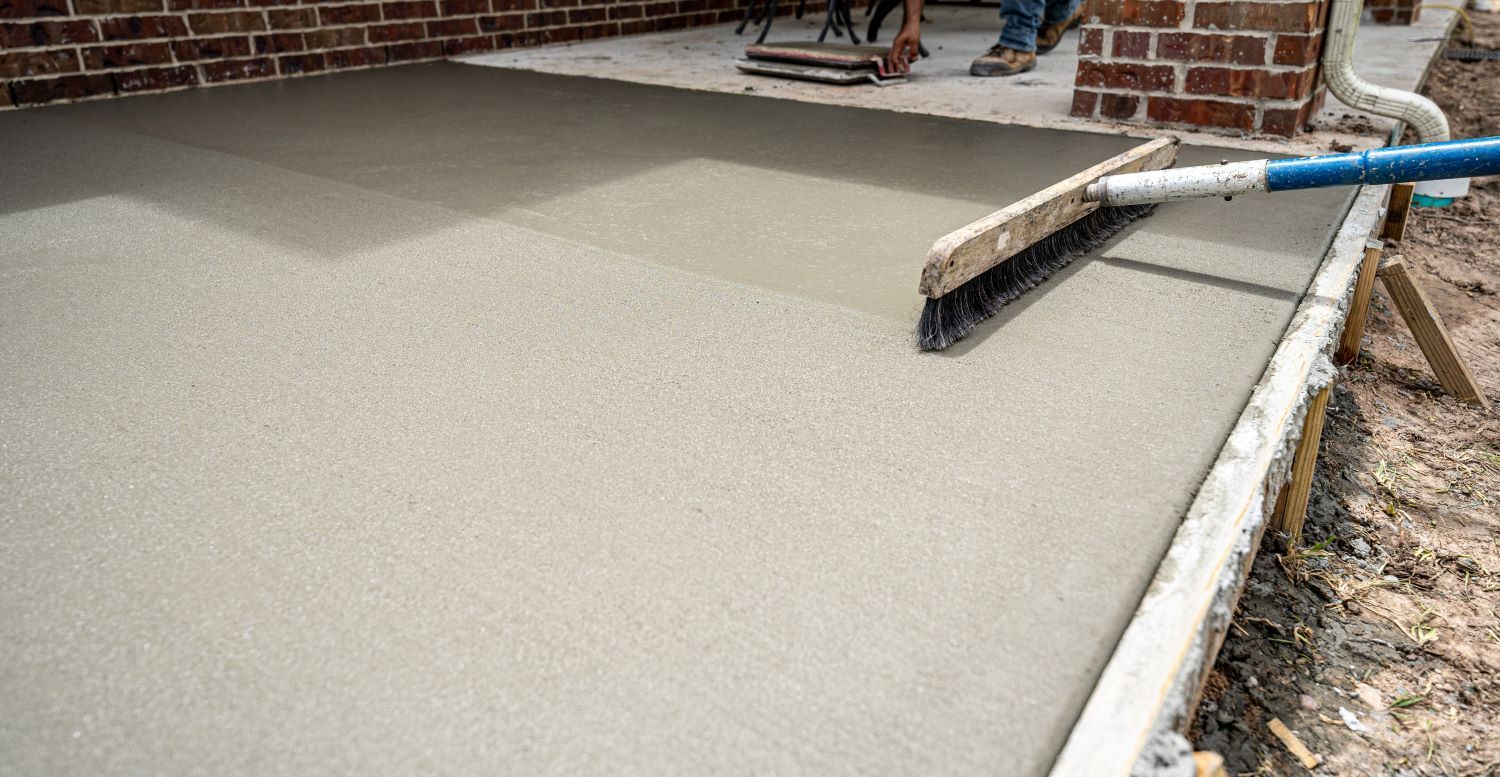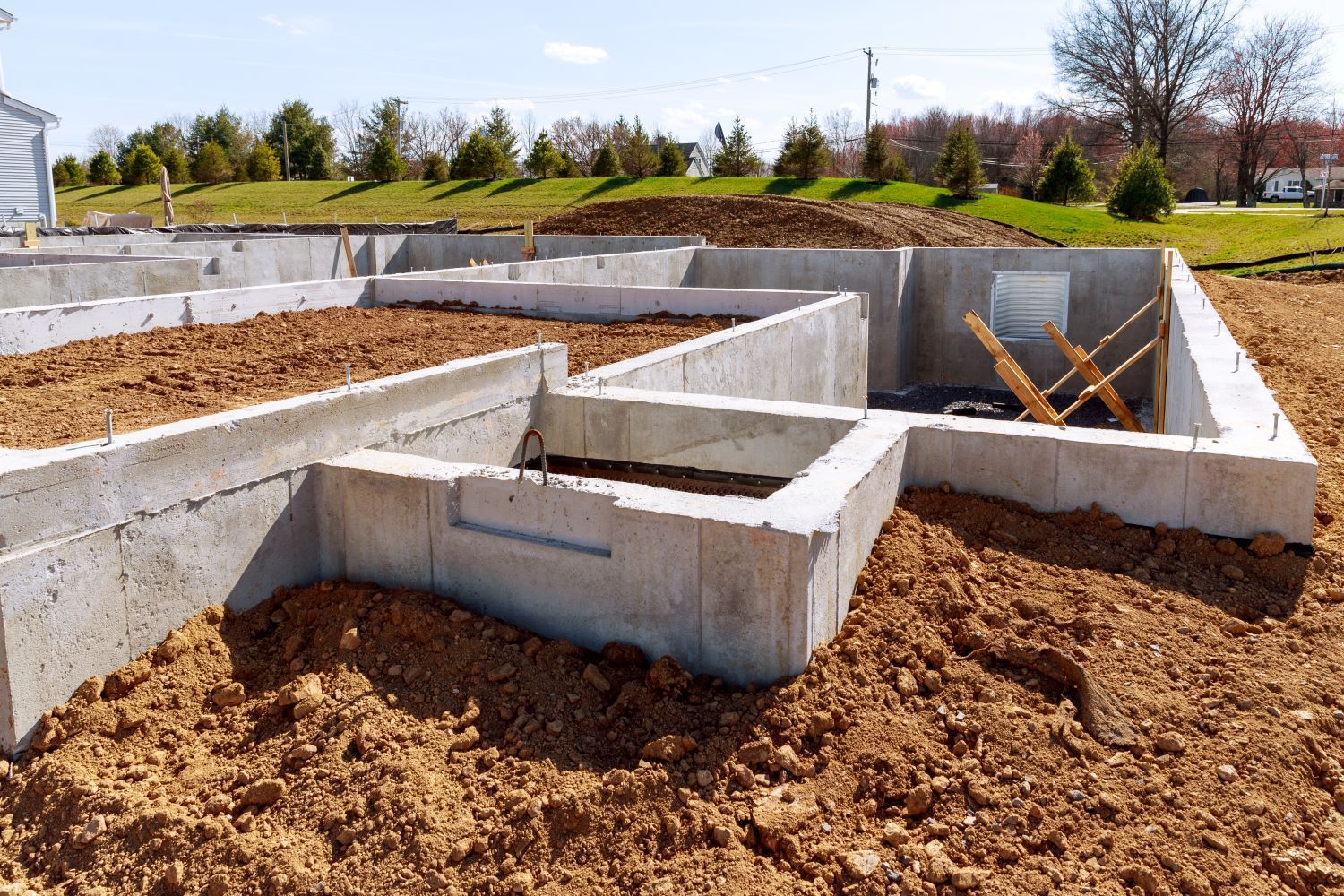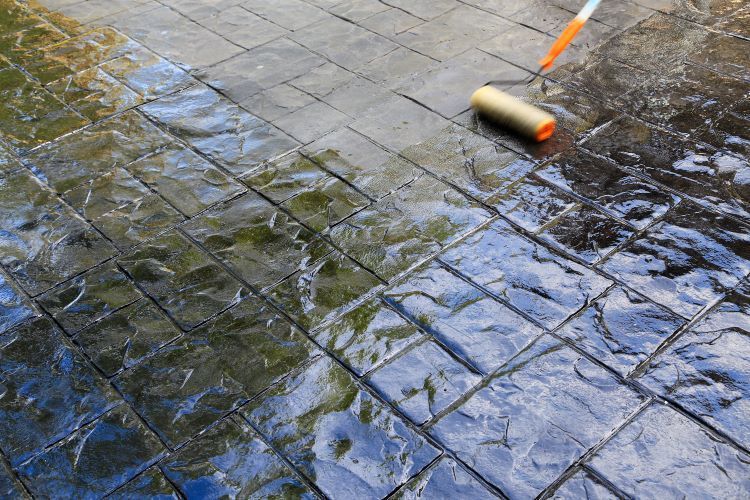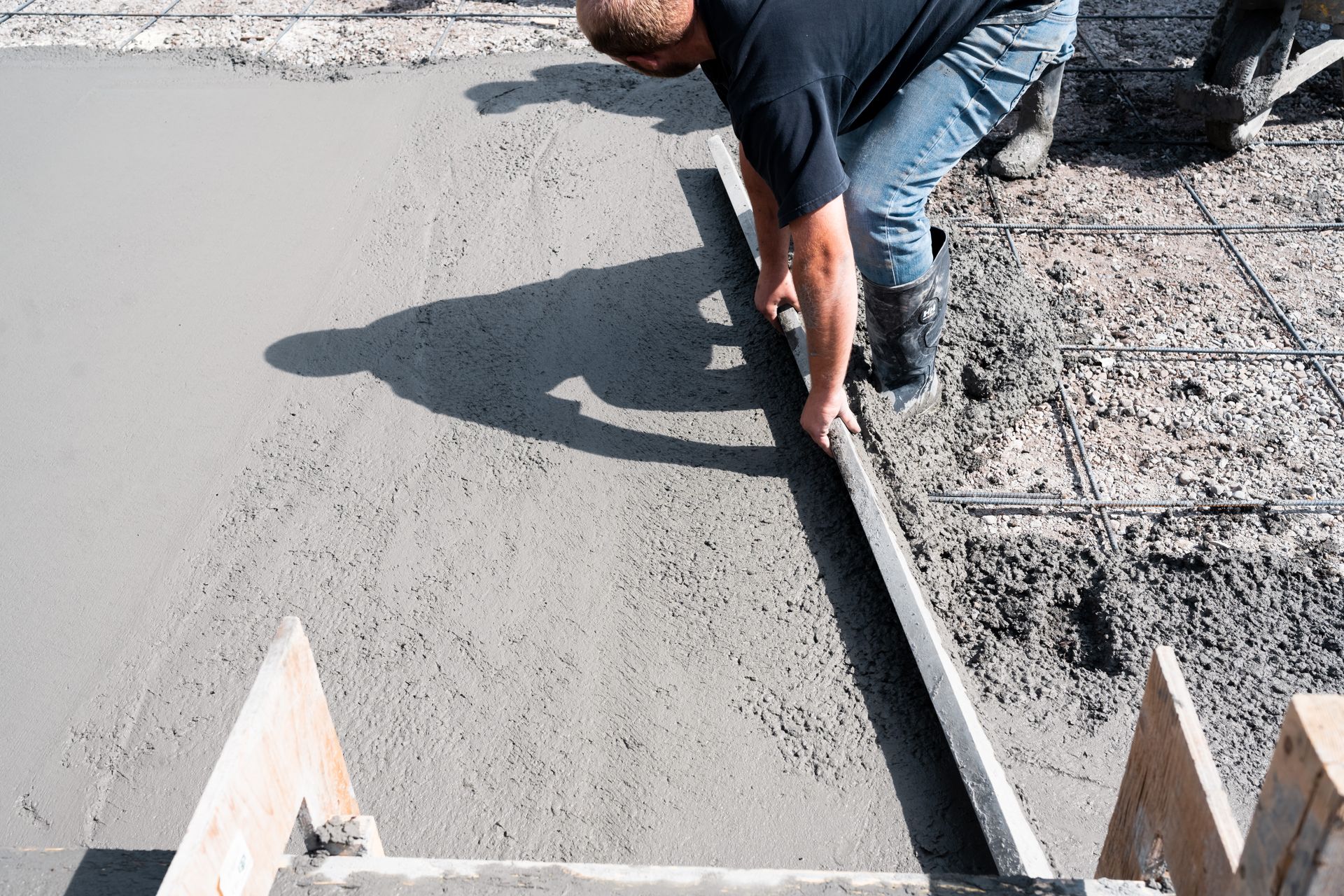Understanding Expansion Joints in Concrete
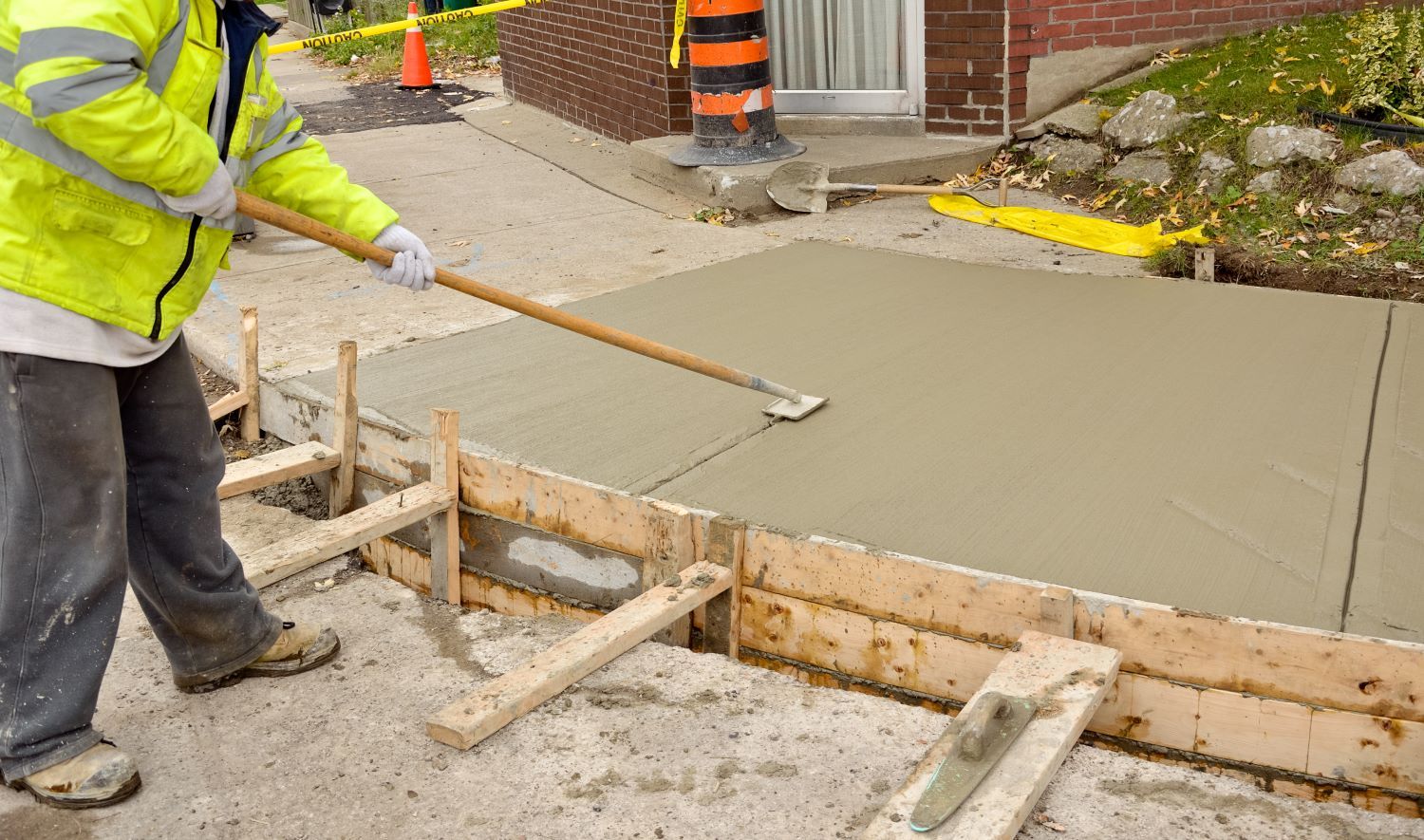
Concrete is a fundamental building material known for its strength and durability. However, it’s also prone to cracking due to changes in temperature, moisture levels, and other environmental factors. To ensure long-lasting and structurally sound concrete surfaces, proper joint and expansion control is essential. At Concrete Contractors London, we specialize in providing expert concrete services, including the implementation of effective joint and expansion control. In this guide, we'll explain why these measures are crucial and how they benefit your concrete projects.
Understanding Concrete Joints
Concrete joints are planned breaks in the concrete surface that allow for controlled movement. They help manage the natural expansion and contraction of concrete, minimizing the risk of unsightly and potentially damaging cracks. There are several types of concrete joints, each serving a specific purpose:
- Control Joints: Also known as contraction joints, these are placed at regular intervals to control where the concrete cracks. By creating a weakened plane, they direct cracking along a predetermined line, making the cracks less noticeable and more manageable.
- Expansion Joints: These joints accommodate the expansion and contraction of concrete due to temperature changes. They are typically filled with a compressible material that absorbs the movement, preventing the concrete from pressing against adjacent structures and causing damage.
- Construction Joints: Used when concrete pouring is interrupted, these joints provide a stopping point for one pour and a starting point for the next. They ensure a seamless bond between different sections of concrete.
The Importance of Proper Joint and Expansion Control
1. Preventing Uncontrolled Cracking
Concrete naturally expands and contracts with temperature fluctuations. Without proper joints, these movements can lead to random cracking, compromising the structural integrity and appearance of the concrete. Control joints create predetermined weak points where cracks can occur harmlessly.
2. Enhancing Durability
Expansion joints prevent the concrete from exerting pressure on adjacent structures, such as buildings, sidewalks, and roads. By absorbing this movement, expansion joints protect both the concrete and the surrounding structures from damage, enhancing the overall durability of the project.
3. Improving Aesthetics
Properly placed joints help maintain the aesthetic appeal of concrete surfaces. Uncontrolled cracks can make concrete look unsightly and neglected. Control and expansion joints ensure that any necessary cracks are neatly aligned and less noticeable.
4. Reducing Maintenance Costs
By controlling where and how concrete cracks, joints minimize the need for costly repairs and maintenance. Well-placed joints can significantly extend the lifespan of concrete surfaces, reducing long-term expenses for property owners.
5. Ensuring Safety
Cracked and uneven concrete surfaces can pose safety hazards, particularly in high-traffic areas like sidewalks and driveways. Proper joint placement helps maintain smooth, even surfaces, reducing the risk of trips and falls.
Best Practices for Joint and Expansion Control
1. Planning and Design
Effective joint and expansion control starts with careful planning and design. Consider the following:
- Joint Spacing: Determine appropriate spacing based on the thickness and type of concrete. Typically, joints should be placed at intervals of 24 to 36 times the thickness of the slab.
- Joint Depth: Control joints should be cut to a depth of at least one-quarter of the slab thickness to effectively guide cracking.
- Location: Place joints at strategic locations to accommodate natural stress points, such as changes in slab direction or around openings.
2. Installation
Proper installation is crucial for the effectiveness of joints:
- Timing: For control joints, timing is critical. Saw-cut joints should be made within 4 to 12 hours of finishing the concrete to prevent premature cracking.
- Materials: Use high-quality joint fillers and sealants to ensure durability and flexibility. For expansion joints, choose materials that can withstand the environmental conditions of the area.
3. Maintenance
Regular inspection and maintenance of joints are essential to keep them functioning effectively:
- Inspection: Periodically inspect joints for signs of wear, damage, or movement. Address any issues promptly to prevent further deterioration.
- Cleaning and Sealing: Keep joints clean and free of debris. Apply sealant as needed to maintain their protective function and prevent water infiltration.
Conclusion
Proper joint and expansion control are vital for the longevity, durability, and aesthetic appeal of concrete surfaces. By implementing these measures, you can prevent uncontrolled cracking, reduce maintenance costs, and ensure the safety and functionality of your concrete projects. At Concrete Contractors London, we are dedicated to providing expert concrete services with a focus on quality and precision.
Contact us today to learn more about our services and how we can help you achieve flawless concrete results through effective joint and expansion control.
Concrete Contractors London is your local expert for all concrete-related services in London, Ontario. From residential driveways to commercial projects, we are committed to delivering excellence in every job. Visit our website or call us for more details.
